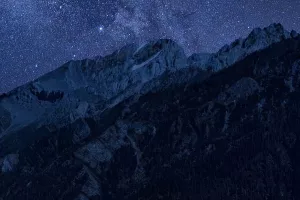Constellations are different patterns made up of stars in the sky. Each pattern is a constellation. The patterns and names are mostly related to the myths and stories of that time, such as the myths and epics of Mesopotamia, Babylon, Egypt, and Greece. Let’s take a look at the five most famous constellations.
1. Ursa Minor
Ursa Minor is the nearest constellation to the north celestial pole. Both Ptolemy and the modern 88 constellations include Ursa Minor. Ursa Minor marks in the north celestial pole. Alpha minor, the brightest star in the constellation, is the current Polaris.
2. Ursa Major (UMA)
Ursa Major (UMA) is one of the northern constellations, located near Ursa Minor and Leo minor, opposite Cassiopeia. Suitable for observation in spring, it is the constellation of the famous Big Dipper.
3. Cassiopeia (CAS)
Cassiopeia (CAS), one of the northern celestial arch constellations, is located in the south of Cepheus and the north of Andromeda. It is far away from Ursa Major. Because it is close to the northern celestial pole, it can be seen all year round, especially in autumn nights. Cassiopeia is M (or W) shaped and easy to distinguish.
4. Draco
Draco is a constellation that can be seen all year round in the northern sky and night sky. It is located north of northern corona. Dracula is one of the 88 modern constellations and one of the 88 constellations designated by Ptolemy.
5. Cepheus
Cepheus is one of the arcuate constellations, and its alpha star is heavenly hook five. The whole constellation can be seen all year round, especially on autumn nights. It is next to the North Star, opposite the Big Dipper.


